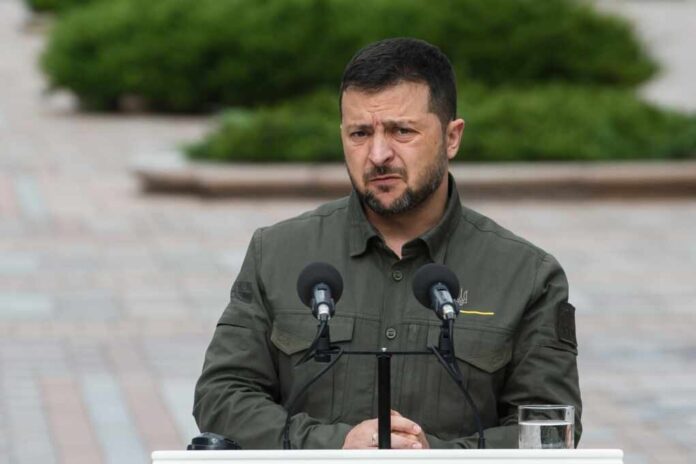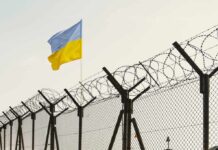
On Saturday, Ukraine was subjected to what officials have described as the most severe drone attack since the commencement of the invasion of the country by Russia nearly two years ago. Kiev was jolted awake in the early hours of Saturday to the sounds of air defenses clashing with incoming drones, resulting in five individuals, including a child, sustaining injuries.
President Volodymyr Zelenskyy condemned the timing of the assault, which coincided with Ukraine’s remembrance of the Holodomor famine, a sorrowful chapter in the nation’s history. The President underscored that such deliberate acts of terror reflect the pride of Russian leadership in their capacity to inflict death and destruction.
Russia launches largest drone attack on Kyiv since start of war, injuring 5 https://t.co/SPdS59RfeH
— Fox News (@FoxNews) November 25, 2023
The onslaught, which utilized Iranian-made Shahed drones, commenced at approximately 2:30 a.m. local time. It persisted for over six hours, evading Ukrainian defenses with intricate flight patterns. Kiev’s air force reported that 74 of the 75 drones were successfully neutralized. The commendable effectiveness of Ukraine’s ‘mobile fire’ units, which accounted for almost 40% of the drones intercepted, was highlighted by Air Force Chief Mykola Oleschuk.
Despite the high success rate of drone interceptions, the attacks were not without consequences. Kiev Mayor Vitali Klitschko reported on Telegram that several city districts suffered structural damages, including a children’s nursery that caught fire due to drone debris.
The assault also had a tangible impact on the capital’s infrastructure, with nearly 200 buildings, including residential ones, left without electricity. These developments have prompted fears of a Russian strategy aimed at crippling Ukraine’s energy grid as winter sets in, a tactic it has attempted previously.
Last week’s visit by Defense Secretary Lloyd Austin to Kiev, where he pledged an additional $100 million in military aid, underscores the United States’ commitment to bolstering Ukrainian defenses. The aid package is expected to enhance Ukraine’s air defense capabilities, which have been instrumental in mitigating the effects of such attacks.
As Russia’s missile reserves reportedly wane, the reliance on drone warfare, especially the cost-effective Shahed drones, is indicative of a strategic pivot. Yet, Ukraine remains steadfast, with Prime Minister Denys Shmyhal expressing confidence in the country’s preparedness compared to the previous year. Western support, particularly in air defense systems, is pivotal in Ukraine’s resilience against these aerial threats.
While the immediate objective of Saturday’s attack remains unclear, the broader intent is not. It is seen as part of a pattern of aggression aimed at destabilizing Ukraine by targeting its vital infrastructure. The use of drones, capable of altering flight paths mid-air to evade defense mechanisms, demonstrates a level of sophistication and determination on the part of the aggressor.
In the wake of the attack, international observers and Ukrainian officials alike are calling for a consolidated global response to what they term Russia’s terror tactics. The call for accountability is echoed in diplomatic circles and among those who stand in solidarity with Ukraine.
As Ukrainians brace for winter, the latest drone assault on Kiev is a harrowing reminder of the ongoing challenges they face. It also serves as a testament to the Ukrainian spirit and resolve, which, even under siege, continues to confront aggression with unwavering defiance and an unyielding pursuit of sovereignty.



























